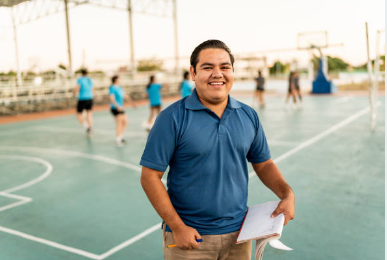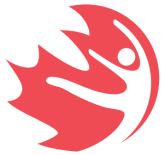Teacher to Teacher: Members' Q&A

Previously published in Volume 81, Issue 2
Being a health and physical educator is rewarding. Your work has an impact on the lives of your colleagues, your students and their parents.
But it’s also a career with its challenges. We want our members to be able to connect and share how they handle the issues that come up in their classrooms and schools so we can all continue to learn and build our professional repertoires together.
With that in mind, we’re proud to introduce a PHE Journal section, called Teacher to Teacher. Every issue we’ll pose two questions based on teacher comments we’ve heard in conversation, through social media or by email.
Question #1
Over the years, I have had students in my class with disabilities. This year I have a student in my class with Down Syndrome. How can I support her learning in my physical education class without centering her out? Note: she has an educational assistant that comes to class with her.
Mary Neal (@MrsNeal0), Peel District School Board, Ont.:
First, build a class culture that fosters inclusion. In my experience students at the elementary level are able to handle this. This could involve having students form new groups or pick new partners regularly. You might also need to change the rules of the game to build in inclusion or appropriate challenges.
Second, consult the student and give her a choice of activities. Get to know her and find out what motivates her and what agitates her. Find out what she likes and fears about physical education class.
I run a "Fitness Friends" intramural program for Variety Village in Toronto, Ontario. This links students together during lunchtime intramural activities with students who have special needs. Our students look forward to this. The philosophy of Fitness Friends is to continue this friendship on the playground at recess. If the student doesn't go out at recess, he can invite students from class to play inside instead.
Finally speak with parents, consultants and the special education team to develop and revise a gross-motor learning plan. Never make assumptions and don't focus on what she can't do. Instead, ask her what she can do.
Question #2
I am getting pressure from a parent to “take it easy” on their child because they have a big game that night. The parent has also at times asked me to excuse their child from physical education on game nights. How do I respond to this parent?
Ken Holley, Brooks Secondary School, Powell River, B.C.:
Here at our high school, students who are enrolled in a PE program do not have to make up classes for participation marks if they are away due to a competition, be it school or community team. However, if he or she misses a run or something else during that class, they still have to make it up by arranging with the instructor. In our department, we agree that participation in a team or individual sport compensates for immediate time missed, but other parts of the program cannot be made up by these sports.
However, students cannot replace sport team work out of class with a PE mark. We treat PE the same as any other class in our school. Time away from class must be made up on the student’s own time and documented. This has worked quite well for a number of years for us, as long as all members of the department follow-up on this.
Mary Neal:
I think I'd like to understand the whole child. So I would talk to the parent to learn what this student does after school and on weekends. I think it's important to develop a supportive relationship with the parents by listening, probing for more information and offering a professional opinion on what options would be best for this child. Share with the parents that in PE class, the child is exposed to different sports and cross training, so participation should not impede performance in after-school activity. Finally, explain to the parents that the student is learning self-regulation. Teachers can remind the student of this if he or she is going too hard, to the point of injury, especially since our first rule in PE class is safety. Finally, when PE class is 40 minutes long, including instruction, entry and exit, I think there is no risk of overtraining.
For our next issue
We invite you to respond to one or both of the questions below for our next edition of Teacher to Teacher. Your answer could be featured in the next issue of the PHE Journal.
-
Bullying has become prevalent in my school. I witness it happen and hear about it from students. There are all sorts of bullying going on from verbal to physical. What are bully-proofing strategies I can use in the HPE classroom? Are their games I can use as an intervention strategy?
-
In our high school physical education program, we have uniforms for students to wear to class. Sometimes, students do not show up in their school phys ed uniform, but still are able to actively participate in my class.
I’ve been told you can’t assess students based on their uniform so why do I still see teachers assessing that way and taking marks away for not being in school-specific clothing?
Have a question to send us?
If you’d like your colleagues’ input about a challenging situation in the classroom, please email us your question at [email protected].








